Market Share
Asia Pacific Wearable Medical Device Market Share Analysis
Asia and the Pacific wearable medical device markets have grown rapidly in recent years. Better technology and an increasing knowledge among people about their health are the causes for this. A range of market share positioning methods are being utilized by big organizations in order to acquire a competitive edge in a market that is continually shifting. Businesses are spending a lot of money on R&D to manufacture the most sophisticated intelligent medical gadgets. This project aims to provide apps with real-time health monitoring, increased accuracy, and better user experience. This strategy aims to increase market share by offering unique solutions. Many Asia-Pacific healthcare corporations are partnering with other organizations to broaden their customer and consumer bases. As an example, healthcare institutions, hospitals, and pharmaceutical corporations are getting into collaborations with businesses that make wearable technology in order to incorporate wearable technology into entire healthcare communities. This will make the gadgets more conspicuous, helping them gain market share. Businesses in the Asia-Pacific area are customizing more since people have different cultural backgrounds and healthcare needs. Wearable medical gadgets are adjusted to match local market needs throughout this process. In this way, it is possible to guarantee that the items are well accepted and that they are consistent with the conventional method of delivering medical care in the area. Businesses in price-sensitive markets are more likely to position themselves by offering affordable intelligent medical products. This technique expands access to technological gadgets. Gaining market share is the ultimate aim, and this will be done by making them more popular and affordable. Market positioning requires following regional legislation and obtaining any necessary approvals. Companies are spending much in rigorous testing and licensing processes to build consumer and healthcare professional trust. To put it simply, this will ultimately give you with an edge over your competitors and aid you in getting a greater share of the market. As digital marketing and e-commerce websites gain popularity, firms may reach more customers online. Not only does this technique improve the amount of people who are aware of the product, but it also makes it easier for consumers to receive medical equipment that they may wear, which further helps to the company's growth of its market share. Health data is very private, thus firms are working hard to create strict data security processes. Consumers will trust intelligent medical devices more if they know their personal data will be safe. This, in turn, results in a good perception among the market, which in turn leads to a greater percentage of the market. The Asia-Pacific region is seeing more companies sell intelligent medical devices as critical tools for treating and monitoring chronic illness patients. Due to rising chronic disease rates in the area. The objective of this focused approach is to serve a big demand in the healthcare business in order to grab a substantial piece of the market. Many firms are investing in training initiatives to help more people realize the benefits of wearable medical devices. Because they work with healthcare experts and run community programs, these companies aim to educate individuals and professionals. Because of this, more customers should accept and use their products, increasing their market share.

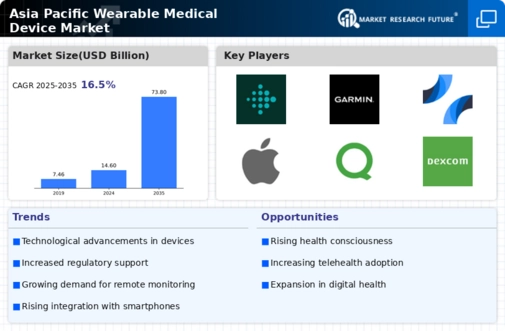
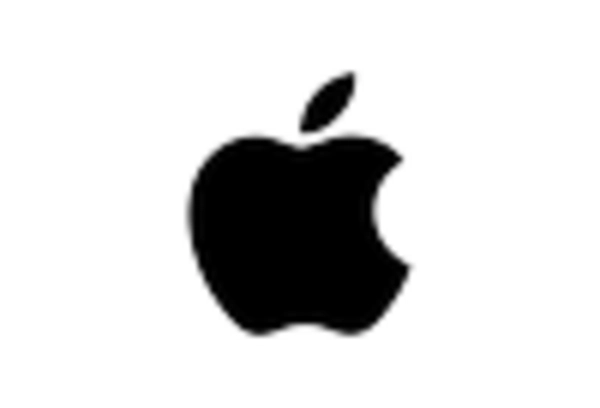
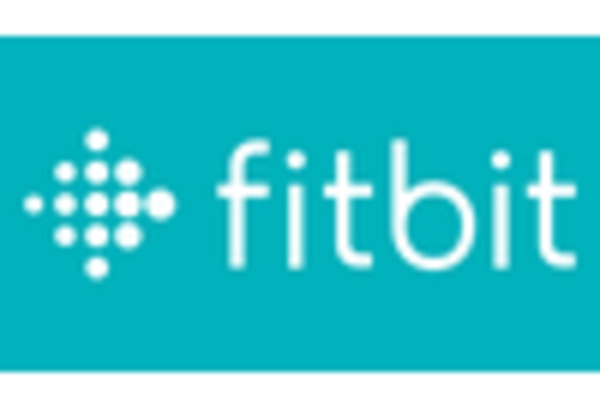
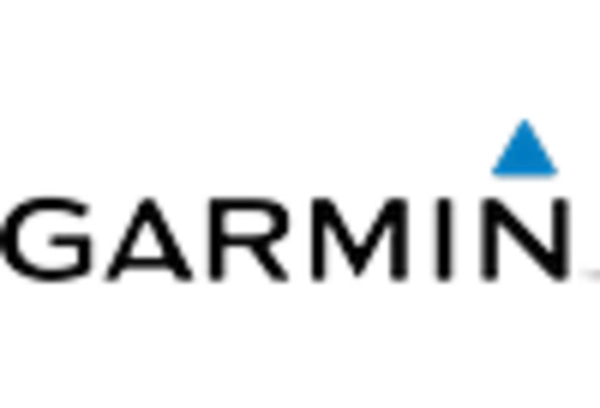
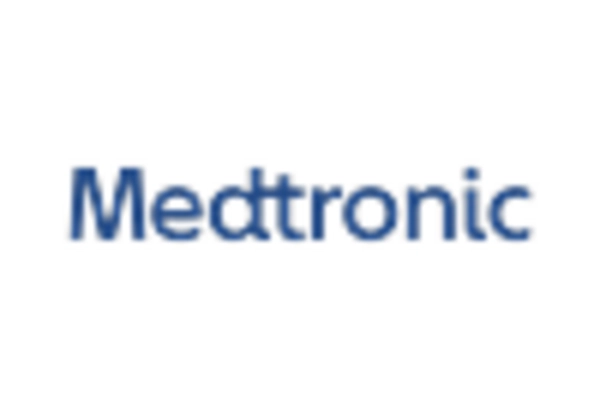
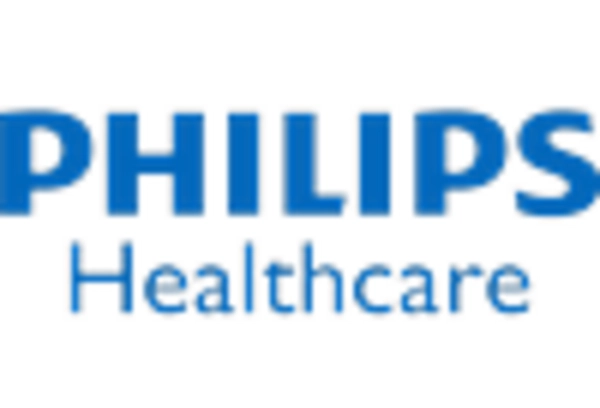
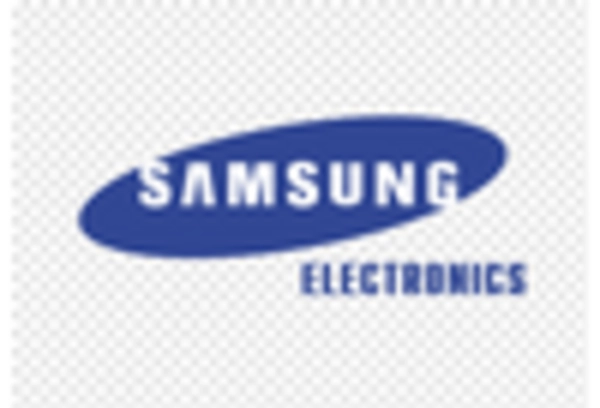









Leave a Comment